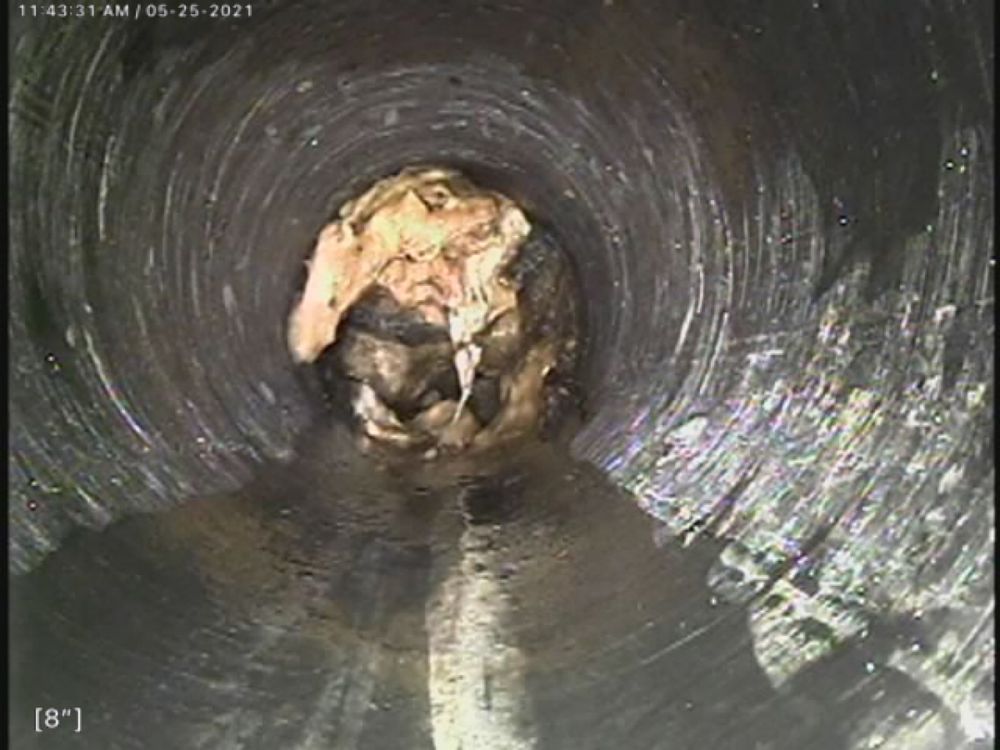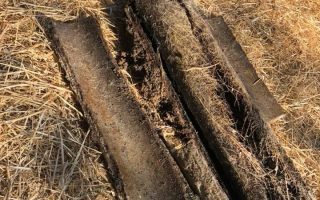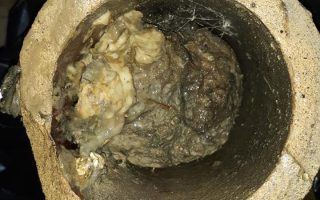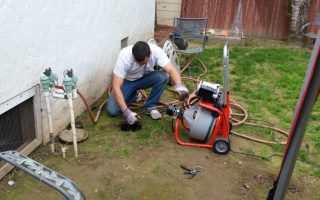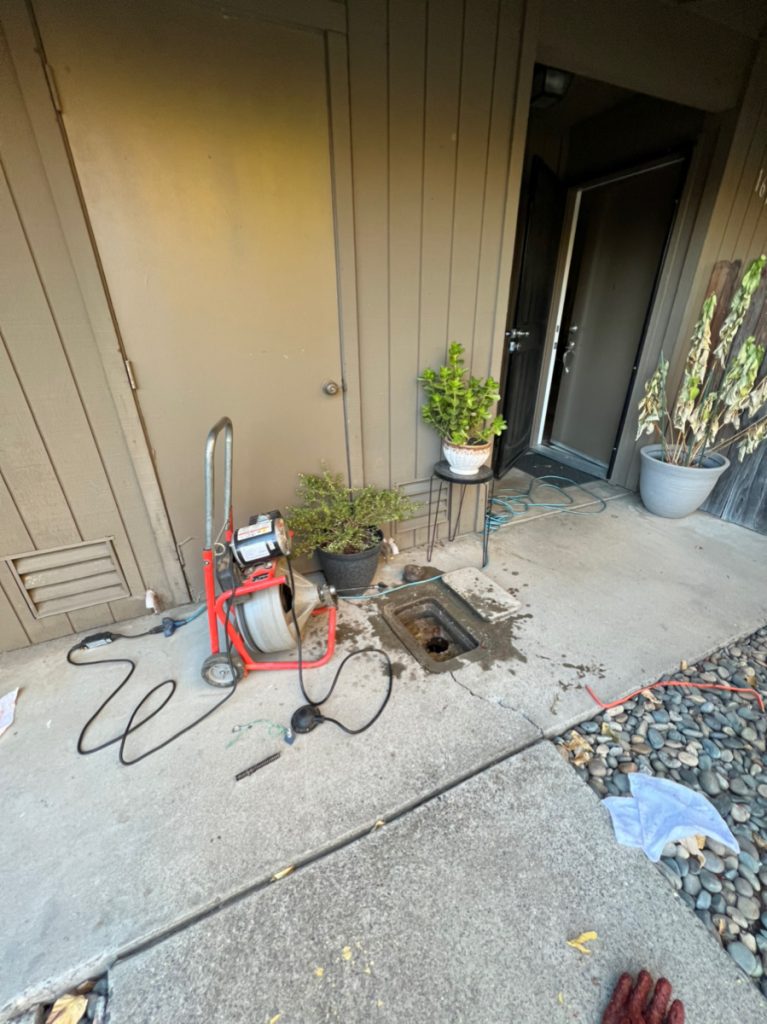Dealing with Clogged Pipes:
A Comprehensive Guide to Keeping the Water Flowing
Welcome, as we venture into the realm of household maintenance, let’s shed light on a prevalent and troublesome concern: clogged pipes. The plumbing industry in the United States employs over 500,000 professionals, highlighting the growing demand for their services. Among the myriad of plumbing issues faced by homeowners, battling clogs emerges as one of the most frequent and financially burdensome challenges. The cost of repairing clogged pipes can easily exceed $200, and in certain instances, even more if supplementary repairs or pipe replacements become necessary. Notably, emergency repair work, encompassing tasks like unclogging drains or fixing burst water mains, represents a significant source of revenue for the plumbing industry. To minimize the risk of clogged drains, it’s crucial to be aware of the everyday items that can lead to drain blockages.
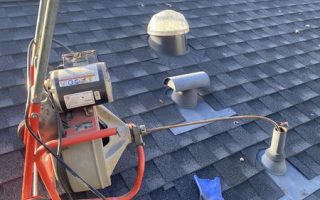
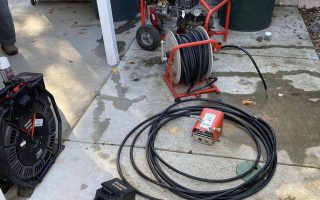
Now, let’s get our hands dirty and delve deep into the intricacies of clogged pipes, unraveling the causes behind these obstructions and arming ourselves with practical advice to prevent and effectively clear those unyielding blockages.
1. Understanding the Culprits:
To effectively combat clogged pipes, comprehending their root causes becomes paramount. Here are the primary culprits:
· Hair: Hair stands tall as one of the prime culprits behind bathroom drain clogs. ver time, strands accumulate and interweave with other debris, forming steadfast blockades.
· Soap Scum: The residue left behind by soap gradually accumulates on pipe walls, constricting the passage and impeding water flow.
· Coffee grounds: Coffee grounds should never be discarded down the drain. When wet, they tend to clump together and settle in traps and pipes. If other substances are present in the pipes, such as grease or cotton, they can accelerate the clogging process. Even without the presence of other materials, coffee grounds alone are capable of causing pipe blockages.
· Feminine Hygiene Products: Flushing or disposing of feminine hygiene products down drains should be strictly avoided. These products are typically made of absorbent materials that expand when soaked, increasing the chances of them getting stuck in the pipes. Apart from being embarrassing, such clogs can result in costly damage and leaks.
· Food Particles: In the kitchen, food scraps, grease, and oils play mischievous roles in causing drain blockages. Steers clear of pouring fats down the drain as they solidify, becoming adhesive traps for other debris.
2. Prevention is Key:
Prevention stands as the key to ensuring smooth water flow and preempting the formation of clogs. Let’s explore practical preventive measures:
· Install Drain Screens: Deploy drain screens or stoppers in sinks, tubs, and showers to effectively capture hair, food particles, and other debris, thereby preventing their entry into the pipes.
· Regular Cleaning: Establish a routine for cleaning your drains. Once a week, flush them with hot water to dislodge any accumulated residues and maintain optimal flow.
Mindful Disposal: Dispose of kitchen waste responsibly. Scrape food scraps into the trash rather than down the drain and avoid pouring cooking oil or grease into the pipes. Instead, collect them in a separate container and dispose of them appropriately. Although hot grease may appear liquid and easily manageable, it solidifies as it cools, leading to stubborn blockages that restrict the pipe’s flow. Once grease congeals, removing the clog may require heavy-duty chemicals or snaking to break through the solidified mass.
3. Unclogging Methods:
Despite your best preventive efforts, clogs may still manifest. In such situations, consider employing these DIY methods:
· Plunger: A trusty plunger serves as a valuable tool for clearing clogs in toilets, sinks, and tubs. Ensure a good seal and plunge vigorously to dislodge the blockage. Pro tip: Remember that different plungers exist for sinks and toilets, so use the appropriate one.
· Baking Soda and Vinegar: Harness the power of natural and budget-friendly ingredients to dissolve mild clogs. Start by pouring half a cup of baking soda down the drain, followed by half a cup of vinegar. Cover the drain and let it sit for approximately 30 minutes. Finally, flush with hot water to clear the clog.
· Plumbing Snake: For stubborn clogs lurking deep within the pipes, a plumbing snake or auger proves its worth. Insert it into the drain and rotate the handle to break up and eliminate the blockage.
4. When to Seek Professional Help:
In certain cases, DIY methods may fall short. It’s crucial to discern when it’s time to summon a professional plumber. Consider reaching out to an expert if:
· The clog affects multiple fixtures simultaneously.
· The clog persists despite your earnest attempts to clear it.
· You suspect a more severe underlying issue, such as a collapsed pipe or invasive tree root intrusion.
Maintaining unobstructed pipes is essential for a functional and efficient plumbing system. It’s important to recognize that various materials can lead to clogged pipes. By comprehending the causes of clogged pipes and implementing preventive measures, you can curtail the occurrence of blockages. However, should you encounter a stubborn clog or suspect a more significant problem, don’t hesitate to contact a professional plumber. Remember, a little preventive care goes a long way in preserving the clarity of your pipes and the steady flow of your water.

